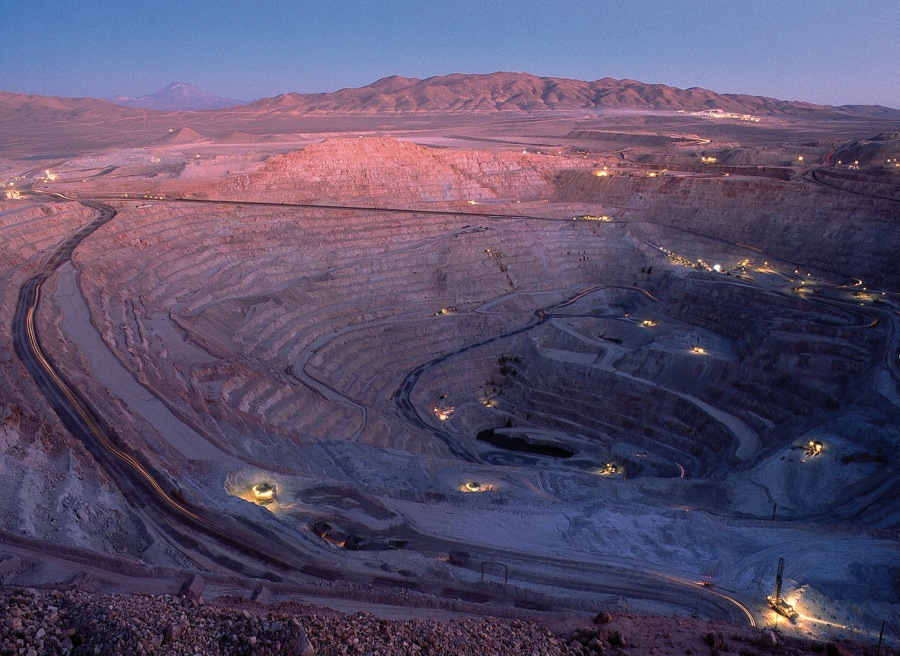Copper sector needs nine Escondida mines over next decade to meet global demand: Rio Tinto

Chile’s Escondida, the world’s largest copper-producing mine. (Image courtesy of BHP Billiton).
The global copper industry will need to add the equivalent of a new Escondida mine every 15 months over the next 10 years in order to meet global demand, Rio Tinto’s (LON:RIO) copper boss Jean-Sébastien Jacques told FT.com (subs. required).
The miner, which has a minority stake in the massive Chilean mine, jointly owned with giant BHP Billiton (ASX:BHP), has began stepping up efforts to capture a greater chunk of the $140 billion world market.
And it is not alone on this quest. Other key market players including BHP and First Quantum (TSX:FM) are talking up their growth potential in copper, even though concerns over waning Chinese demand have taken the industrial metal’s price to its lowest in four years.
Australia’s Bureau of Resource and Energy Economics forecast a worldwide surplus of 300,000 tonnes for this year, but both BHP and Rio believe the market will tighten from 2018, with growing deficits.

Rio Tinto’s copper boss Jean-Sébastien Jacques. (Image courtesy of Rio Tinto)
The goal for Rio Tinto, Jacques told investors in December, is to “gain a clear advantage” against competitors and “build a business model that creates value through the economic cycles”.
BHP, in turn, has invested $13.3 billion, or 17% of the group’s total spending, in copper operations over the last five years, according to a November presentation.
But analysts quoted by FT.com see several challenges ahead for the top miners:
-
- One is the complexity and cost of their projects and expansions, which means they may not be in a position to ramp up output as fast as required.
- BHP and Rio’s Escondida’s output will drop next year as a result of lower grades.
- Rio’s Bingham Canyon in Utah is expected to produce less this year as a result of rehabilitation work following the largest non-volcanic landslide in history.
- Oyu Tolgoi’s underground expansion has been continuously delayed.
- And building new copper mines has proven too costly in the current environment. Digging up its mineral riches is difficult and expensive. Most of the copper lies deep beneath the surface.
This is why experts, such as UBS commodities analyst Daniel Morgan, believe it is unlikely that Rio and BHP end up having the same degree of dominance over copper that they have in iron ore. For the foreseeable future, he says, Codelco, Glencore (LON:GLEN) and Freeport-McMoRan (NYSE:FCX) will remain the world’s top copper producers.
More News
{{ commodity.name }}
{{ post.title }}
{{ post.date }}

Comments